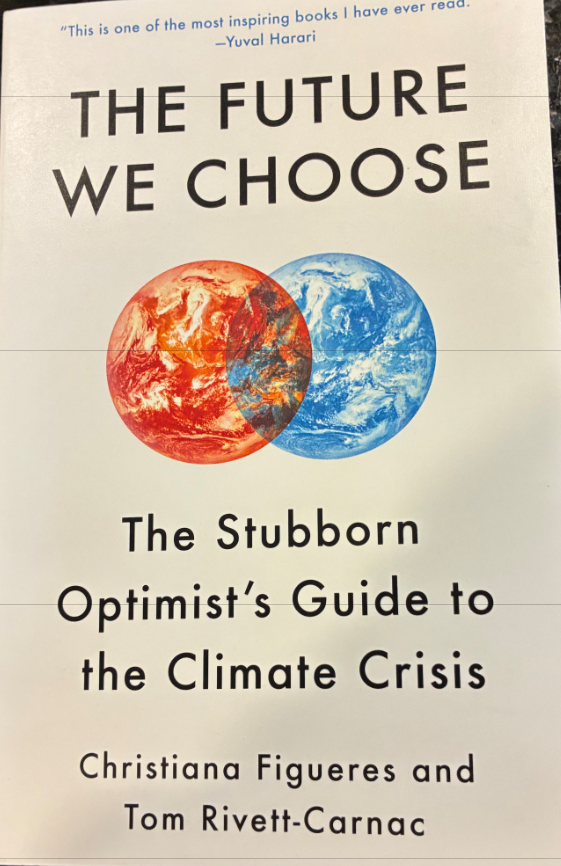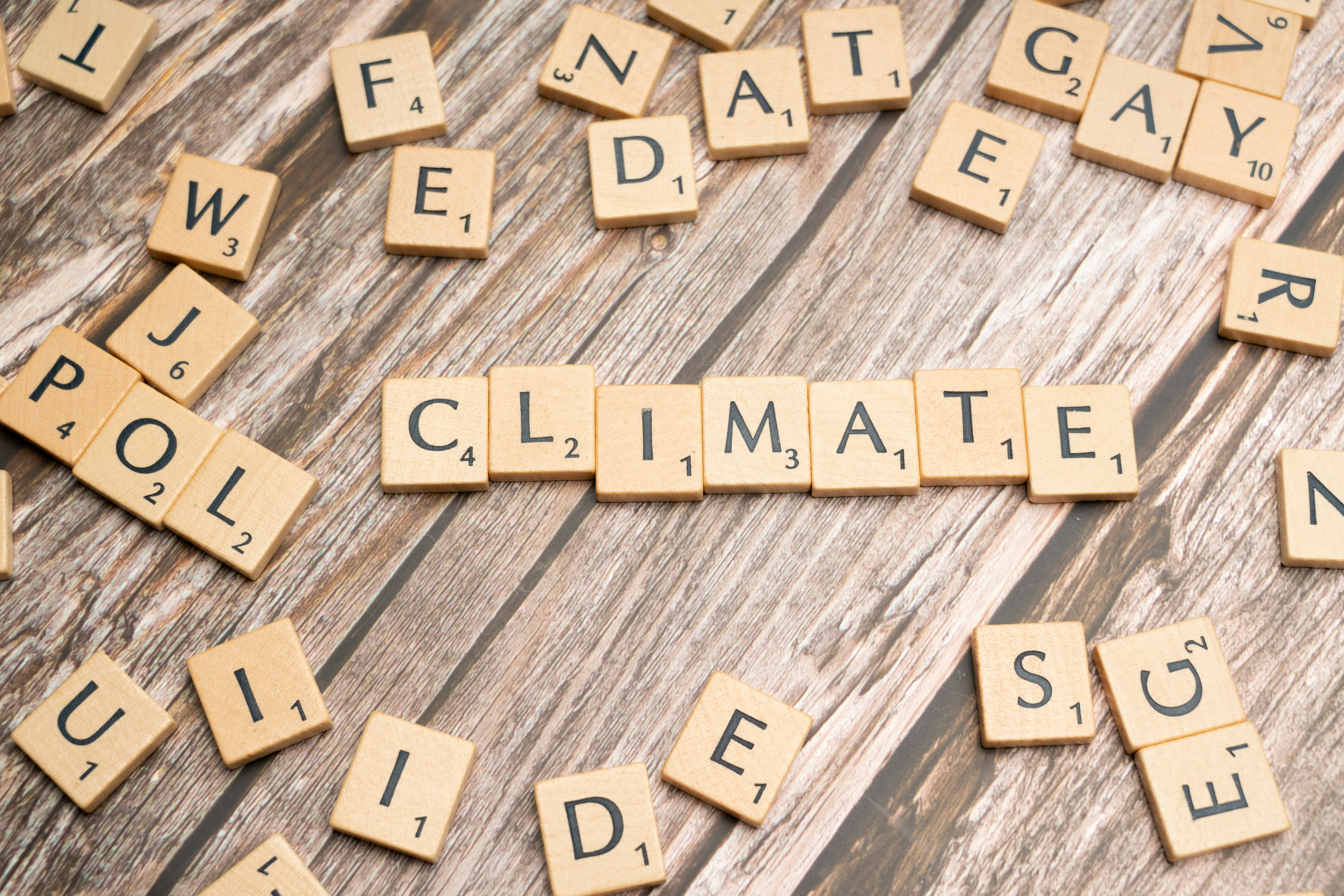Commentary
Stewardship, Gratitude and Climate Resilience

Editor’s note: This is one in a continuing series of guest opinions about fostering environmental stewardship. The series is coordinated by ACES, the Alliance of Climate and Environmental Stewards.
Thanksgiving is my favorite holiday, as it celebrates what is most important to me: family, friends, and good food. When asked to write this column with the theme of “Fostering Environmental Stewardship,” I immediately thought of gratitude. I have been the wildlife biologist at Parker River National Wildlife Refuge for 17 years. The refuge and the US. Fish and Wildlife Service (our parent agency) have a small staff with lofty goals. Our mission is to preserve America’s diversity of wildlife for the enjoyment of current and future generations. To meet this mission, we rely heavily on volunteers, partners, and community members.
Each year, an average of 160 people donate over 5,000 hours volunteering at the refuge. As a mom to two kids, I know how precious free time can be. What makes these volunteers donate their valuable time? I’ve heard many answers: caring about community, helping wildlife or the planet, being outdoors, being active, having fun, learning new things, connecting with people, and helping out the refuge staff. The enthusiasm, joy, and wonder of these volunteers remind me how lucky I am to have my job.
A colleague recently told me that she may be suffering from climate trauma. Indeed, the news from climate scientists can be scary and disheartening. However, I am optimistic about the future of the refuge and local communities in the face of climate change. I have observed first-hand how resilient nature can be. Big storms bring dramatic change that can be alarming, like erosion and big tidal surges. But these large events also make natural places more resilient. Last year, Winter Storm Grayson deposited about 10 years’ worth of sediment on top of salt marshes from Boston to Maine. This built critical elevation that will help the marsh keep up with sea level rise, protecting adjacent homes and communities.
More than appreciating nature’s resilience, taking proactive actions to mitigate climate impacts contributes to my optimism. Working with partners, the Parker River National Wildlife Refuge has developed several techniques that will restore the ebb and flow of water on the marsh, helping it adapt to the coming changes.
Additionally, many community members have taken individual actions that will help the marsh and the communities be more resilient. For 13 years, hundreds of volunteers braved heat and greenheads to pull perennial pepper weed, an invasive plant that has invaded our salt marshes. Many mention that they are thrilled to be able to do something about invasive plants after years of watching them take over their favorite places. Their collective efforts have made a difference, as they have eradicated this invasive plant from more than 100 locations.
In many towns, ongoing debates continue about how best to make the local roads and other infrastructure more resilient to climate change. Town officials and community members are wrestling with how to balance costs, short and long-term impacts of various mitigation strategies, and impacts to residents. They have also taken time to learn the latest science to understand how these mitigation actions will affect long-term viability of town infrastructures and natural communities.
Many local residents have planted native plants, installed rain barrels and rain gardens, used green lawn care practices, and done what they can in their own yards. These actions, although individually small, collectively have a huge impact on how our communities will fare in the coming storms. The ability of water to infiltrate the ground more quickly means reduced flooding in our towns and less runoff in our rivers. Planting native shrubs, trees, and flowers provides important food and shelter for insects, birds, and other wildlife.
This Thanksgiving season, I am grateful for many things in my life, including the fact that I can work to mitigate climate impacts and still be optimistic about the future. For that, I would like to thank all the volunteers, partners, and community members that chose to use their valuable time to make a difference in their own way.
The refuge works as part of the Great Marsh Coalition to increase awareness and appreciation of the local salt marshes and to promote community stewardship of the Great Marsh. If you are interested in getting involved, visit http://greatmarsh.org or https://parkerriver.org.
Nancy Pau is a wildlife biologist at the Parker River National Wildlife Refuge on Plum Island.
This column was coordinated by ACES Intern and NHS Senior, Eleni Protopapas, who can be reached at eleniprotopapas@gmail.com to share any comments or questions. To learn more about ACES and our Youth Leadership Initiative, please view our WEBSITE – https://www.aces-alliance.org
.svg)





